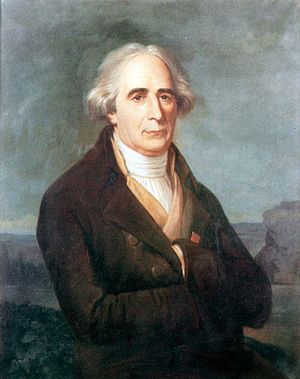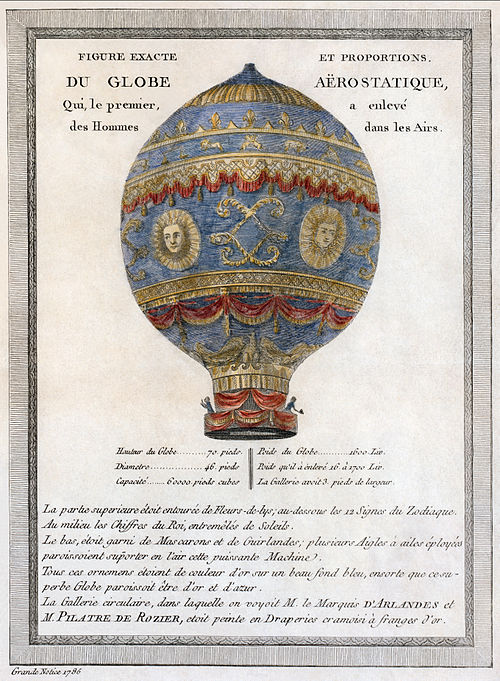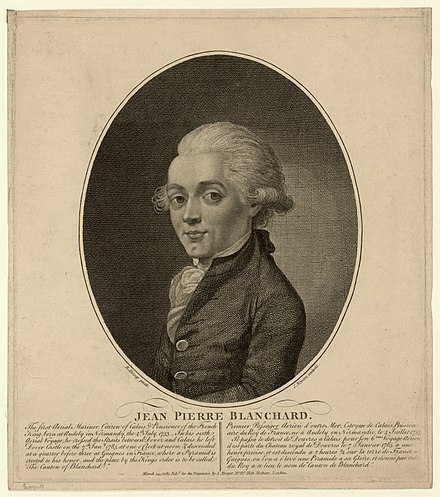Okay then, it's time to get down to serious business. As promised, we're beginning

I should make it clear that here I only intend to concentrate on vehicles which carried men or women into the sky, so balloons are included as long as they had pilots, kites too, under the same proviso, and I think (though I may change my mind) I’m going to confine my efforts to Earth, so in other words I don’t intend at this point to cover space exploration. I will however, where I can, try to include failed as well as successful attempts at flight, for the early pioneers of aviation who failed to realise their dream nevertheless provided research, encouragement and pointed the way for those who came after and who did succeed.
Of course, we can go all the way back into antiquity, even look into legends for the genesis of man’s fascination with flight, and as I mentioned in the introduction, the tale of Icarus and Daedelus has come down to us from mythology, but whether that’s true or not can’t be proven and is moot anyway, as the parable (if it is one) is more concerned with not overstretching your limits, being overconfident and essentially listening to your damn parents and doing what you’re told than it is with the mechanics of flight. Similarly, the imaginings and drawings of Leonardo Da Vinci, while amazingly ahead of their time, never led to any actual models being built let alone tested, so they don’t really concern us here either. There are tales of men jumping off towers, way back in times before Christ, but that’s their business, and although the Chinese were apparently flying man-carrying kites in the early years of the first millennium, such stories can’t really be corroborated and even if they can, they’re basically snippets which give me nothing to expand on and write about.
I will mention, however, for no other reason than that I think it’s both cool and hilarious, that the Indians did develop what became known as “fighter kites”, which were kites with sharp, abrasive cord which would dive at other kites, slice their lines and knock them down to the ground. Got to love those guys! Air warfare at a time when the Romans were just getting to grips with chariot races and still worshipping gods who lived on a high mountain.
So our first real stop then is a form of transport which became, for a time, a real fashion and led to some very colourful flights indeed - and surely, too, some very lethal failures. Up, up and away, in my beautiful, my beautiful balloon! If you don’t get that reference you are too young and therefore I hate you on general principles.
 What a Gas! Balloons and the Beginnings of Manned Flight
Timeline: 1783-1913
What a Gas! Balloons and the Beginnings of Manned Flight
Timeline: 1783-1913
While the Chinese (yes, them again!) seem to be credited as having been the first ones to understand the principle of lighter-than-air flight, realising that hot air rises and making what became known as sky lanterns (and are today called Chinese or Paper Lanterns), which consist of a paper balloon with a lamp inside it, and while apparently they are even recorded as having used them in a military role, to scare off enemy troops, and this all in the third century BC, the credit for the first real manned balloon flight goes to the French.
On November 21 1783, Pilâtre de Rozier and the Marquis d’Arlandes travelled from Paris for eight kilometres or five miles at a height of 900 feet, while scant weeks later, on December 1, Jacques Charles flew from Paris in a hydrogen-filled balloon (the previous one having been powered simply by hot air). Within two years the English bettered this, Jean-Pierre Blanchard and John Jeffries crossing the channel and flying the flag (possibly, but not likely, literally) for king and country.
 The Montgolfier Brothers (1740/1745-1810/1799)
The Montgolfier Brothers (1740/1745-1810/1799)
Sons of a French paper manufacturer, and from a large famuily (the twelfth and fifteenth child respectively) Joseph-Michel and Jacques-Étienne Montgolfier (whom for the sake of ease we’ll hereafter refer to as Joseph and Jacques) ran their father’s business on the sudden death of their older brother, and Jacques ran it successfully for ten years. Joseph, however, was more a dreamer and inventor, and on seeing laundry billow out as it dried over a fire, he began experimenting with parachutes and balloons, bringing in his brother and leading to their first test flight, which though successful went out of control and crashed. It wasn’t manned though, so no harm done, and the concept was proven.
After several test flights before audiences, and eager to claim the honour of being the men to have discovered the science of flight, the brothers conducted a royal performance before King Louis XVI and Queen Marie Antoinette on September 19 1783. While it was not a manned flight, as such, it was a sheep/duck/roostered one, as these three animals were sent up in the balloon, in order to confirm there would be no ill effects on living beings ascending into the sky to such a height. The balloon rose to 1,500 feet (you know what? I’m not going to keep converting to metric: you work it out) and flew two miles from the Palace of Versailles, landing safely. No ducks, roosters or sheep were reported to have been harmed in the attempt.

The next step was of course for the brothers to send up humans, and so the flight already spoken of was undertaken, and as a result Pierre, their father, was made a noble by the king and the brothers’ fame spread far and wide. As already noted though, other advances were even then on the way, and a month later the first hydrogen-filled balloon made its own historic flight, as Jacques Charles attained a height almost three times the 1,500 feet managed by the Montgolfiers, and a year later Elisabeth Thible becme the first ever woman aeronaut as she rode with M. Fleurant at Lyon in June 1784, oddly enough, both of them singing opera arias.
Jacques Alexandre César Charles (1746-1823)

A professor who had studied Boyle’s Law as well as Henry Cavendish and Joseph Black, Charles worked out that hydrogen would be a better propellant than air, and consequently designed and had the Robert Brothers, Anne-Jean and Nicolas-Louis, build the world’s first hydrogen balloon. Amid great excitement they launched it on August 27 1783 and it flew for 45 minutes, landing almost 21 kilometres away in a small village where it was attacked by superstitious peasants, who killed it with pitchforks, believing it sent by the devil. Yeah. The next effort was manned, and Charles himself went up, along with Nicolas, flying for over two hours to a height of 1,800 feet and covering over 35 kilometres. This was, however, Charles’s only flight; whether the experience unnerved him or not I don’t know, but he never flew again.
He did partner with the Robert Brothers on
La Caroline, a rigid balloon which would become known as a dirigible, although he did not ride in it himself. The brothers did, with two passengers on July 15 1784 and for 45 minutes, while two months later they completed the first manned flight over 100 kilometres, staying in the air for more than six hours. This record did not stand long though, lasting a mere three months before being broken by yet another Frenchman.
 Jean-Pierre Blanchard (1753-1809)
Jean-Pierre Blanchard (1753-1809)
While the Robert Brothers were collaborating with Jacques Charles and conducting flights in hydrogen balloons, Jean-Pierre Blanchard also made his first flight, five months before them. He then moved to England, as the phenomenon of “balloonmania” gripped Europe, a surging interest in balloons and flight, resulting in everything from furniture to clothing - as well as, presumably, balloons - being produced in balloon-like shapes. After several flights in the company of surgeon John Sheldon - a keen balloonist whose previous two attempts had ended in his balloons going up in flames (sounds painful!) - the two quarrelled and Blanchard enlisted the aid of another doctor, this time an American called John Jeffries, with whom he performed the first ever crossing of the English Channel by air, on January 7 1785.

After this momentous and historical feat, Blanchard became a celebrity and travelled around Europe demonstrating his balloons, taking the first balloon flights in Holland, Germany, Poland and Belgium. The invention of the parachute in 1783 allowed him to show how it could be used to escape from a balloon if required, and ten years later it saved his life when his balloon ruptured and he had to abandon it. That same year (1783) he expanded his ballooning exploits to the Americas, where he flew from Philadelphia to New Jersey before an appreciative audience which included many of the Founding Fathers of the United States - Thomas Jefferson, John Adams and George Washington.
Perhaps fittingly, it was in a balloon he died, or at least, had a heart attack from which he never recovered. His wife, now a widow, continued his legacy until ballooning also became the death of her.